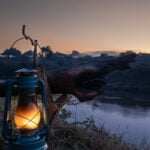
WHERE TO STAY IN THE MASAI MARA
8 April 2025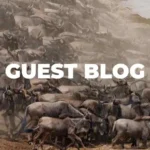
THE GREAT MIGRATION
17 April 2025
WHERE TO STAY IN THE MASAI MARA
8 April 2025
THE GREAT MIGRATION
17 April 2025DISCOVER BOTSWANA
A COMPREHENSIVE TRAVEL GUIDE
INTERESTING FACTS ABOUT BOTSWANA
WHY BOTSWANA
STANDS OUT
SAFARI ADVENTURES
Botswana has always stood out to me for the way it manages to combine raw wilderness with a deep sense of space and silence. It feels untouched — almost like you’re seeing Africa as it once was. There’s also a level of exclusivity here, thanks to the country’s low-impact, high-value tourism model. You’re not likely to be surrounded by other vehicles at a sighting, and that changes the entire experience.
What’s truly remarkable, though, is how much variety you can pack into one trip. Very few places in Africa allow you to combine game drives, water-based safaris, helicopter flips, light aircraft transfers, and even horseback safaris — all within a single itinerary. You can spend the morning drifting silently through the Okavango channels in a mokoro and the afternoon tracking lions across the dry plains. I believe that Botswana offers one of the most diverse and well-rounded safari experiences anywhere in Africa.
Here are a few of the places I always recommend considering:
THE OKAVANGO DELTA



The Okavango Delta is unlike anything else. It floods each year, turning a dry region into a lush waterland full of life. It’s this seasonal transformation, driven by rainfall in the highlands of Angola, that draws animals from far and wide, creating one of the most dynamic and wildlife-rich ecosystems in Africa.
What I love most about the Delta is how immersive it feels. There are places here where the only way to get around is by mokoro (a traditional dugout canoe), guided silently through the channels by an expert poler. The stillness is something I’ve never felt anywhere else — you’re gliding past papyrus reeds and lily-covered pools, with elephants drinking just meters away and the call of a fish eagle echoing overhead. It’s one of those places that forces you to slow down and just take it all in.
The Okavango is vast, and how you experience it can vary hugely depending on where you go. One of the most important distinctions is between the remote private concessions and the more accessible national parks and community areas.
The private concessions, found mostly in the western and northern parts of the Delta, are often only accessible by light aircraft or helicopter. These areas typically host small, exclusive lodges or tented camps set deep in untouched wilderness. Because they’re privately managed, they allow for a wider range of safari activities like walking safaris, night drives, and off-road tracking. There’s a genuine sense of solitude here — on some drives, you won’t see another vehicle the entire time. For photographers or those who enjoy a slower, more flexible safari, these concessions offer something truly special.
In contrast, Moremi Game Reserve, Khwai, and Savute (which forms part of Chobe National Park) sit on the eastern side of the Delta and are generally more accessible, especially for self-drivers and overland safari travellers. These areas tend to be more popular and can get busier during peak seasons, but the wildlife viewing remains excellent. Moremi in particular is widely considered one of the top reserves in Africa. The Khwai Community Concession, just outside of Moremi, offers an interesting blend — it’s still reachable by road, but allows for night drives and some flexibility typically only found in private areas.
For me, the beauty of the Okavango lies in its contrasts — the movement of water through the landscape, the diversity of habitats and species, and the different ways to explore it. Whether you’re flying low over the channels, drifting quietly by mokoro, or soaking in the stillness of a campfire in a remote corner of the Delta, this place leaves a lasting impression. It’s wild, raw, and endlessly rewarding.
DID YOU KNOW
We host a scheduled photographic safari which explores the Okavango Delta?

MOREMI GAME RESERVE

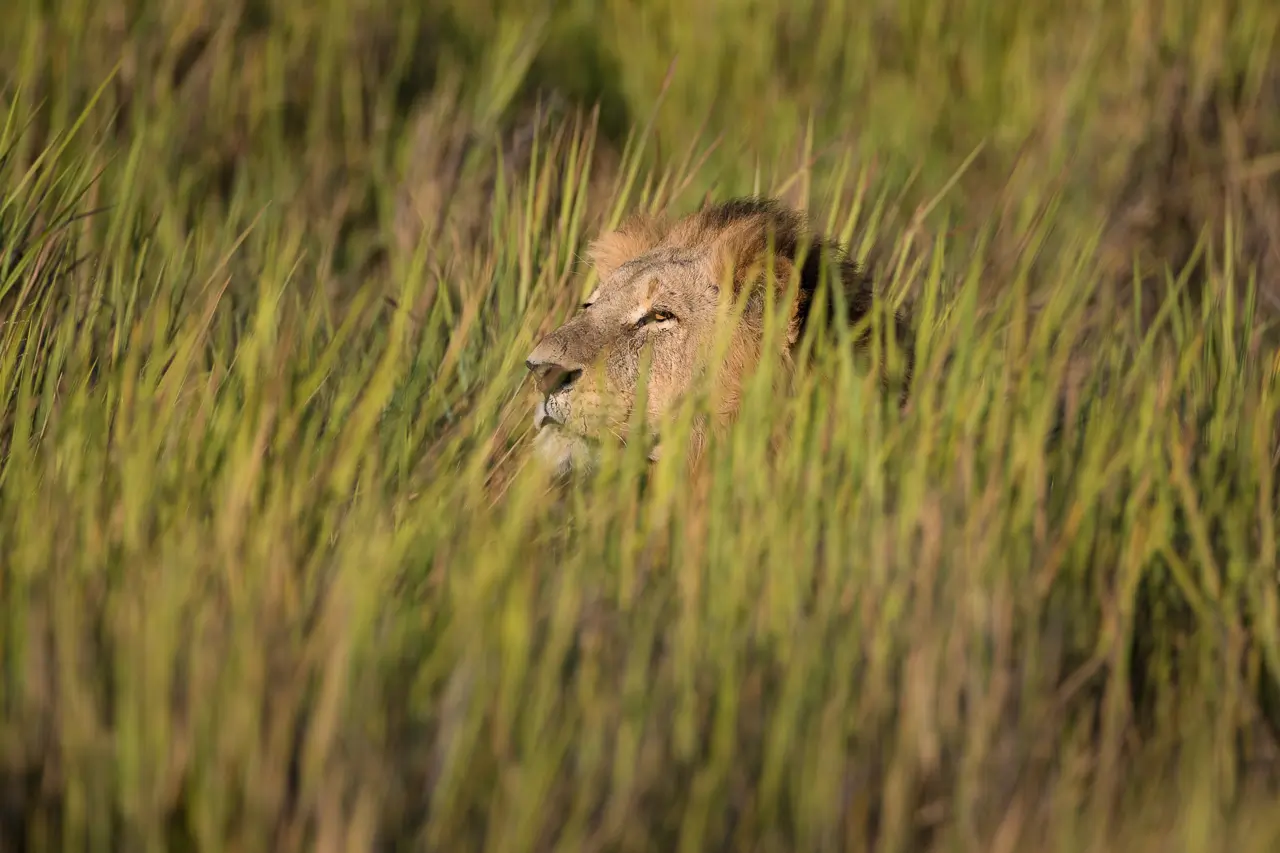
Moremi is where land and water meet, which means you get a bit of everything — classic open plains, thick woodland, papyrus swamps, and seasonal floodplains. This diversity of landscapes creates the perfect conditions for an equally diverse range of wildlife. It’s one of the best places in Botswana to see leopards, wild dogs, and large herds of buffalo, along with a wide variety of bird species and plains game. The predator activity here is especially strong, and there’s always a sense that something exciting could be around the next corner.
What sets Moremi apart, in my opinion, is its accessibility. It forms part of the broader Okavango ecosystem, but unlike the remote concessions that can only be reached by air, Moremi is reachable by road, which makes it a favourite for self-drive travellers and mobile camping safaris. For those comfortable behind the wheel or looking for a more adventurous, ground-level experience, this area offers some of the best value and flexibility in Botswana. The public campsites inside the reserve are basic but scenic, and waking up to the sounds of hippos grunting or lions calling in the distance is something you never forget.
Moremi also works beautifully for mobile safaris — where your camp moves with you as you explore. These safaris strike a great balance between comfort and authenticity, often led by some of Botswana’s most experienced guides. You get to follow the wildlife and adapt your route based on what’s happening in the bush, all while enjoying hearty meals and warm hospitality under canvas.
The guiding in Moremi is consistently strong too, especially at the permanent camps, many of which offer both land- and water-based activities depending on the time of year and flood levels. I often describe Moremi as the “best of both worlds” — the kind of place where every day on safari feels different from the last. Whether you're cruising the channels by boat, scanning the plains from a game drive vehicle, or listening to the sounds of the night from your tent, Moremi has a way of drawing you in and leaving you wanting more.
DID YOU KNOW
Our team of expert travel planners will work with you to craft the ideal Botswana itinerary that suites your needs and budget.

CHOBE NATIONAL PARK

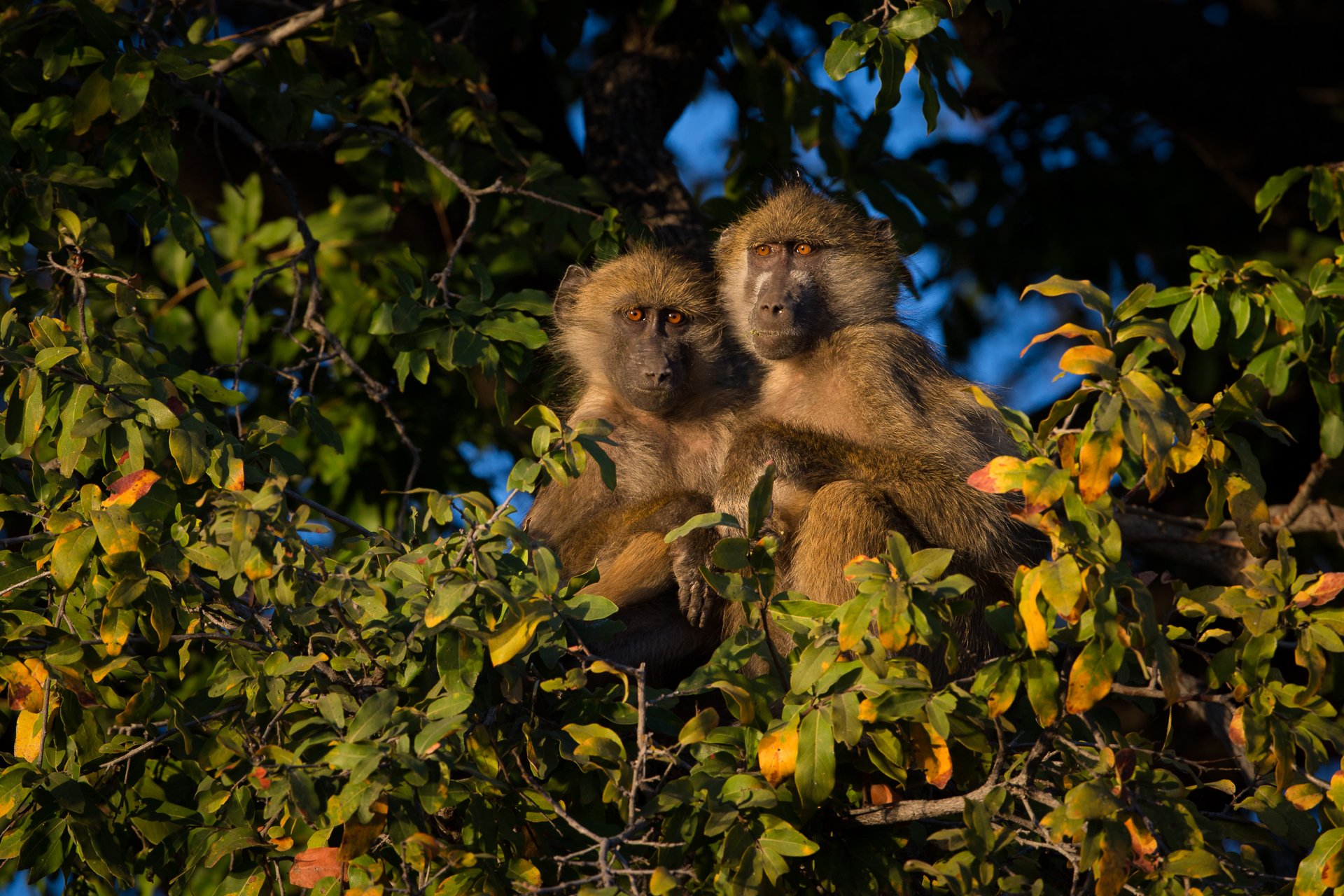
Chobe is often the first place people visit in Botswana — and it’s easy to see why. It’s one of the country’s most iconic wildlife areas and forms part of a much larger protected ecosystem that stretches all the way from the Okavango to Zimbabwe. What many people don’t realise is just how vast Chobe actually is. The park itself covers over 11,000 square kilometres, encompassing a range of habitats that include riverfront floodplains, mopane woodlands, and dry hinterland savannas. It’s divided into different regions — the most famous being the Chobe Riverfront near Kasane, but also including more remote zones like Linyanti and Savute, which offer a very different kind of safari experience.
The Chobe Riverfront, in particular, is famous for its dramatic dry-season concentrations of wildlife. As the interior dries out, huge herds of elephant, buffalo, and other plains game converge on the river, creating an almost constant stream of activity. The predator presence is strong too, with lion, leopard, and hyena often in tow. Add to that over 450 bird species, and you’ve got one of the most productive safari zones in Southern Africa.
Personally, I believe the best way to experience Chobe — especially the riverfront section — is from the water. There’s just something different about approaching wildlife from a boat. The perspective is low and quiet, and you get to witness animals on the water’s edge in a way that feels more intimate and less intrusive. I usually recommend staying on one of the houseboats that operate on the Namibian side of the Chobe River (since the river itself forms the border between Namibia and Botswana). These floating lodges offer a peaceful, slow-paced way to explore, and there’s nothing quite like waking up on the water, coffee in hand, with elephants grazing on the opposite bank.
Alternatively, there are several great lodges based in or near Kasane that offer daily boat excursions — either as part of a longer stay or as a short add-on to a Victoria Falls visit. If time is limited, even a single afternoon boat safari can be incredibly rewarding.
Chobe pairs really well with other areas of Botswana. It’s easy to reach, connects seamlessly with Victoria Falls, and offers a softer start or end to a more remote and adventurous itinerary. Whether you choose to explore it by land or by water, the sheer density of wildlife and the scenic beauty of the river make it an unforgettable part of any Botswana journey.
DID YOU KNOW
We regularly update our travel specials page with new and exciting opportunities for you to explore the wild world!

CENTRAL KALAHARI GAME RESERVE
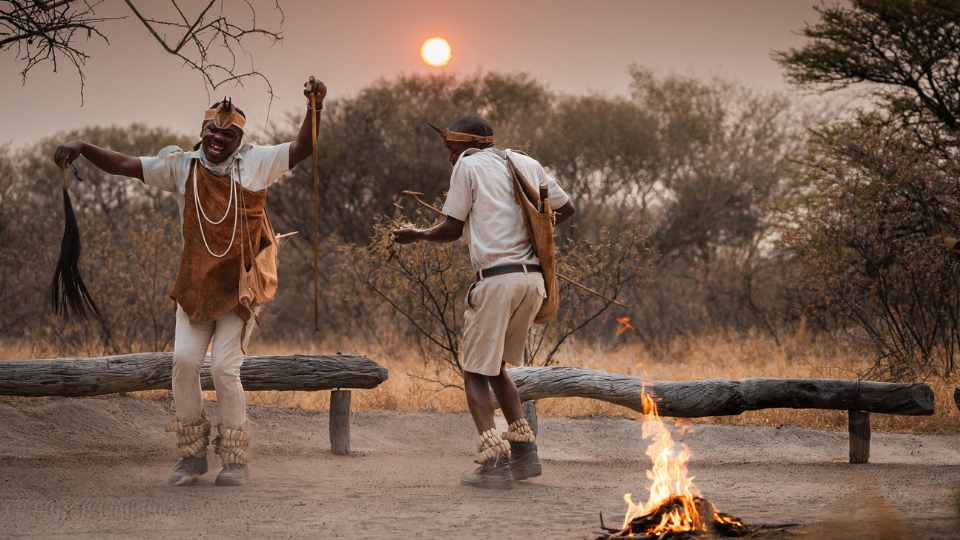
Ker & Downey Dinaka Camp
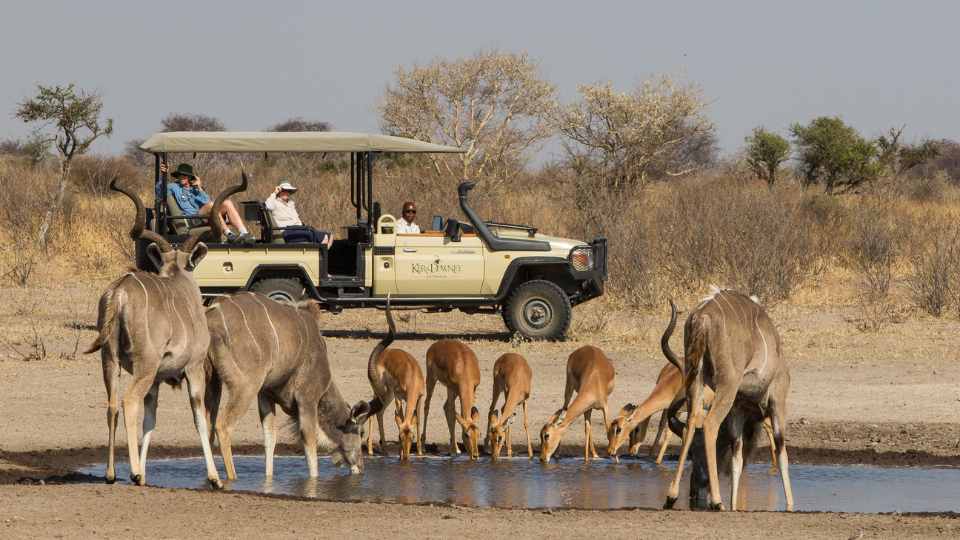
Ker & Downey Dinaka Camp
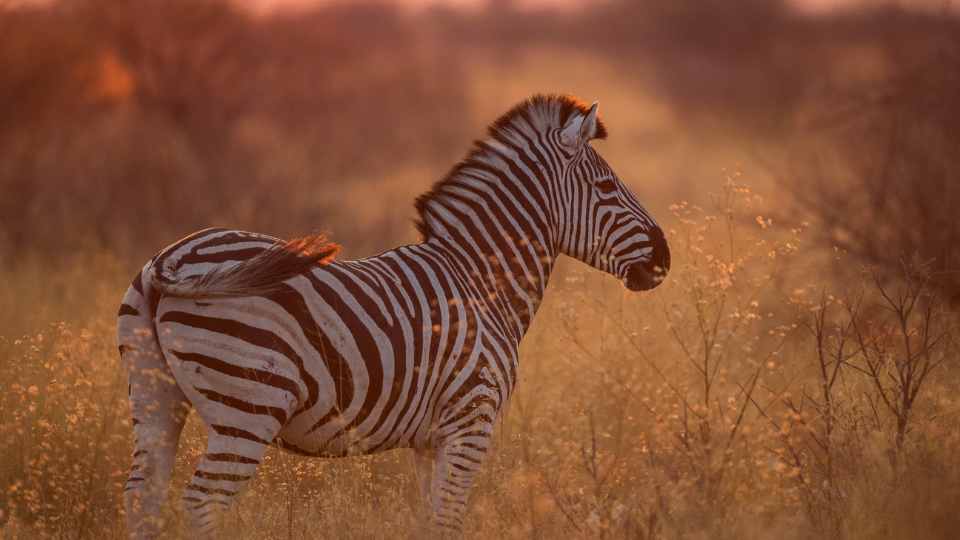
Ker & Downey Dinaka Camp
If you’re looking for somewhere wild and remote, the Central Kalahari is as raw and untamed as it gets. This is true wilderness — vast, empty, and hauntingly beautiful. At over 50,000 square kilometres, it’s one of the largest game reserves on Earth, yet only a handful of visitors make it here each year. The sense of scale is difficult to describe until you’re out in the middle of it — just endless horizons, dramatic skies, and the deep, absorbing silence of the desert.
That said, it’s not a quick stop. The Central Kalahari is a long way from Maun — often requiring a full day of travel to reach by road, or a private air charter if you're tight on time. But for those willing to make the journey, the payoff is huge. I believe that this kind of isolation is becoming harder and harder to find in today’s world, and the Kalahari delivers it in spades.
Because the reserve is so arid for much of the year, wildlife tends to be more dispersed than in the wetter parts of Botswana — but that’s all part of the magic. Sightings feel hard-earned and deeply rewarding. This is the land of desert-adapted species: oryx, springbok, and bat-eared foxes thrive here, and it’s one of the best places in Botswana to see cheetah in open country. The black-maned Kalahari lions are iconic — larger than life and perfectly suited to the stark beauty of this place.
Timing is important. While the reserve is open year-round, the dry season from May to October is generally the best time to visit. The roads are more accessible, and wildlife congregates around remaining water sources, making game viewing more consistent. The green season (December to March) can also be rewarding if you’re up for a bit more of an adventure — the rains transform the landscape into a temporary grassland, attracting huge numbers of herbivores and offering excellent predator interactions, particularly in the Deception Valley area. But it’s hot, sometimes unpredictable, and not ideal for first-timers.
Most travellers explore the Kalahari on multi-day mobile camping safaris, which are well-suited to the remote terrain and give you the flexibility to move between different parts of the reserve. Nights out here are something else — the lack of light pollution makes for some of the clearest, most star-filled skies you’ll ever see, and there’s a deep, almost primal sense of connection that comes from being somewhere so vast and untouched.
The Central Kalahari isn’t for everyone, but if you crave space, silence, and solitude — and if you’re willing to trade high densities of wildlife for a deeper, more reflective kind of safari — this might just be your favourite place in Botswana. It’s certainly one of mine.

MAKGADIKGADI PANS NATIONAL PARK



There’s nowhere quite like Makgadikgadi. These ancient salt flats — the remnants of a vast prehistoric lake — stretch endlessly in every direction, creating one of the most surreal and otherworldly landscapes in Africa. When you first arrive, it’s the sheer scale and silence that hit you. The horizon melts into the sky, and time seems to slow down. It’s not what most people picture when they think of Botswana, but that’s exactly why I love it.
The dry season is a time of stark beauty — cracked, sun-baked crusts stretch as far as the eye can see, and the landscape feels almost lunar. This is when the pans are best explored by quad bike, an exhilarating way to cover ground and fully embrace the openness of the terrain. There’s also the rare and completely unforgettable opportunity to sleep out under the stars, right on the pans themselves. With no light pollution and no need for a tent, you fall asleep beneath a blanket of stars, listening to nothing but the whisper of the wind. It’s as raw and pure as travel gets, and something I believe everyone should experience at least once.
During the rainy season, everything changes. The pans transform into a shallow wetland, drawing in massive herds of zebra and wildebeest as part of one of Africa’s lesser-known but equally impressive migrations. Flamingos arrive in their thousands to feed and breed in the shallow waters, and predators — especially lion and cheetah — aren’t far behind. It’s a completely different experience, but just as visually striking and rewarding.
The area also offers unique cultural experiences, such as guided walks with San Bushmen. These walks aren’t performances — they’re a glimpse into a way of life deeply connected to the land, and they often leave a lasting impression. Learning how they track animals, identify edible plants, and read the land adds a new layer of appreciation for the environment you're in.
This is also one of the few places in Botswana where you can go on a horseback safari, and riding across the wide-open pans — especially when wildlife is nearby — is something you’ll never forget. The freedom, the quiet, the sudden appearance of a herd of wildebeest moving across the salt flats… it’s an experience that combines adventure and serenity in the best possible way.
For me, what makes Makgadikgadi so special is the contrast. One month it's dry, vast, and desolate — the next, it's a shallow sea teeming with life. Whether you're exploring by quad bike, walking with the San, sleeping out under the stars, or galloping across the flats on horseback, this region delivers a kind of magic that’s hard to describe and even harder to forget.

MASHATU GAME RESERVE


Mashatu Euphorbia Villas

Tucked away in the remote eastern corner of Botswana, where the Limpopo and Shashe rivers meet, Mashatu feels like a world of its own. It’s part of the Northern Tuli Game Reserve and sits outside of the country's better-known safari circuits — which, in my experience, only adds to its charm. What makes Mashatu especially interesting is that it's actually easier to access from South Africa than from within Botswana itself. Most travellers fly or drive in from Polokwane or Johannesburg, making it a great option to pair with other South African destinations or to use as a stand-alone Botswana experience with a twist.
This region is often referred to as the Land of Giants, and for good reason. Massive baobab trees dominate the landscape, and the elephant sightings here are outstanding — particularly during the dry season from May to October, when herds concentrate around the dwindling water sources. Leopard and cheetah are also regularly seen, and sightings are often more relaxed and intimate than in busier reserves. For big cat lovers, Mashatu punches well above its weight.
What really sets Mashatu apart, though, is its commitment to photographic experiences. The reserve is home to a series of professionally designed underground photographic hides, positioned at waterholes and designed for eye-level wildlife viewing. Spending time in these hides offers a completely different perspective, whether you're watching elephants drink just metres away or capturing close-ups of birds, antelope, and predators coming in to quench their thirst. It’s a paradise for photographers — but even if you're not travelling with a big lens, the experience of being that close to wildlife is unforgettable.
Mashatu is also known for its diversity of activities. In addition to traditional game drives, you can explore the area on mountain bikes, go on guided walks, or even enjoy horseback safaris along the riverbeds and open plains.
In many ways, Mashatu feels like a hidden gem — wild, scenic, and full of surprises. It offers something slightly different from the classic Okavango and Chobe experience, and for anyone looking to explore Botswana beyond the well-trodden routes, I’d absolutely recommend it.

INSIDER TRAVEL PLANS
There are so many ways to explore Botswana, and how you choose to travel can completely shape your experience. Some people are drawn to the luxury and exclusivity of high-end lodges in private concessions, while others crave the simplicity and adventure of sleeping under canvas on a mobile safari. I’ve done both and I honestly think there’s no right or wrong approach. It just depends on the kind of experience you’re after and your budget. Here are two contrasting itineraries I often recommend to travellers wanting to get the most out of their time in Botswana:
THE BEST OF BOTSWANA IN PRIVATE CONCESSIONS
DAY 1 - 4
Arrive in Maun and fly to Chitabe Camp for 3 nights. This camp provides excellent predator viewing year round and only offers land based activities.DAY 4 - 7
Fly from Chitabe to Vumbura Plains for 3 nights where you'll be exposed to the permanent waterways and flood plains - exploring the region by Mekoro, Boat and Game Drives.DAY 6
This morning starts with a scenic helicopter flight at sunrise - with the doors removed! There is no better way to fully appreciate the beauty and scale of the Okavango Delta. Enjoy whale watching, romantic nature walks, and private dinners overlooking the ocean.DAY 7 - 10
Fly from Vumbura Plains to Kings Pool located in the Linyanti region. Here your game viewing will be a mix of game drives and will be supplemented with a relaxing Sunset River cruise on board the Queen Silvia Barge.DAY 11
Today signals the end of your journey as you fly from the Linyanti region to Kasane - ideally situated for an extension to see the Victoria Falls or to continue your safari into Zimbabwe or Zambia.
THE BEST OF BOTSWANA ON A BUDGET
DAY 1
Fly from Maun to Xakanaxa Airstrip and begin your mobile camping safari in Moremi Game Reserve.fascinating look at early human history. Overnight in a family-friendly hotel in Sandton.DAY 2 - 3
Explore the Xakanaxa region of Moremi on daily game drives. This area offers classic delta scenery and great chances of seeing elephants, predators, and a wide variety of birdlife.DAY 4-6
Move to a new location within Moremi to continue your safari in a different part of the reserve.DAY 7 - 10
Travel from Moremi into the Khwai Community Area, a private concession known for its flexible game drive opportunities.Day 11-13
Fly to Kasane where you'll wrap up your Safari with two nights at the Pangolin Chobe Hotel and a focus on morning and afternoon boat cruises along the Chobe River.Day 13
Today signals the end of your journey in Kasane which is ideally situated for an extension to see the Victoria Falls or to continue your safari into Zimbabwe or Zambia.
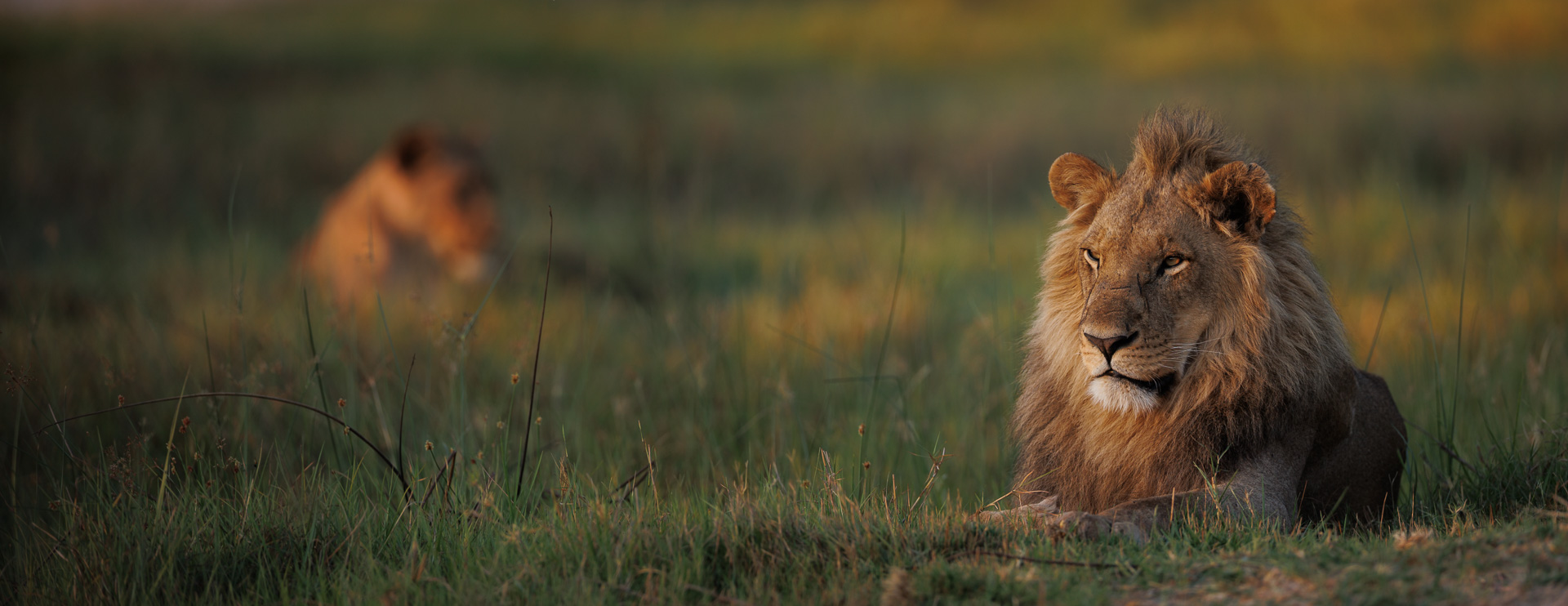
TIPS FOR TRAVELING IN BOSTWANA
Botswana has long been one of my favourite safari destinations, and for good reason. Few places in Africa offer such a powerful combination of raw wilderness, diverse landscapes, abundant wildlife, and truly varied safari experiences. Whether you're drifting silently through the channels of the Okavango Delta, tracking predators across the open plains of Savute, sleeping under the stars on the salt pans, or photographing elephants from eye level in a hide — every day in Botswana feels different, and every moment feels real. It's a country that stays with you long after you’ve left, and one I’ll always recommend to anyone looking for a safari that’s both deeply immersive and wonderfully rewarding.
Until next time,

I was very fortunate that my love for the bush and conservation took me on journey which would not only allow me to explore the continent which fascinates me so much, but to share my passion for photography and conservation with others.

EXPERIENCE BOTSWANA
Let’s start planning your safari — whether it’s a luxury lodge adventure, a mobile camping expedition, or a bit of both. Get in touch and let’s craft a journey that’s as unforgettable as the destination.
